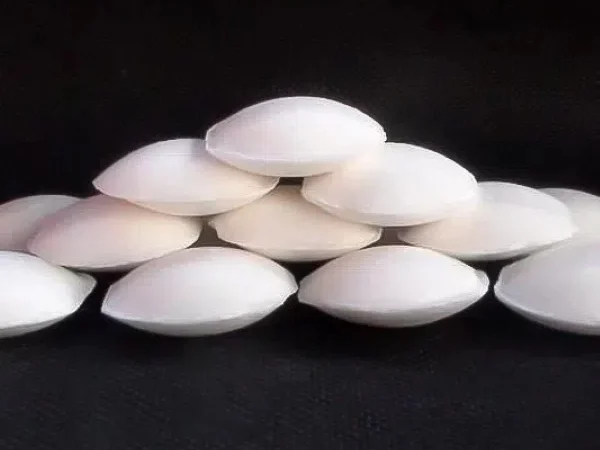
Sodium cyanide heap leaching is a widely used method in the gold mining industry for extracting gold from low-grade ores. This process involves piling low-grade gold ores or flotation tailings on a pad material and spraying a cyanide solution over the heap to dissolve gold and silver, forming a gold-bearing solution for subsequent recovery. Here are the main advantages of this technique:
Cost - effectiveness
1.Low capital investment: One of the most significant advantages of Sodium cyanide heap leaching is its relatively low capital requirement. Compared to more complex gold extraction methods like traditional milling and smelting, which demand substantial infrastructure and equipment, heap leaching only needs basic facilities such as a leaching pad, a solution collection system, and a means for solution circulation. There is no need to build large-scale and expensive processing plants, which makes it an attractive option, especially for small - to - medium - sized mining operations or for mining deposits with limited resources.
2.Reduced operating costs:
Low energy consumption: The process of heap leaching has a relatively low energy demand. It does not involve high - energy - intensive operations like grinding ores to a fine powder in a ball mill, which is common in other extraction methods. The simple operation of solution spraying and percolation through the ore heap requires much less power, leading to lower energy costs.
Lower reagent costs (relative to some methods): Although cyanide is a key reagent and its handling requires strict safety measures, in terms of the overall gold extraction process, the amount of cyanide required for heap leaching can be optimized. When compared to some alternative leaching agents for gold extraction, cyanide can be cost - effective in certain situations, especially considering the relatively large volume of low - grade ores that can be processed using this method.
Suitability for low - grade ores
1.Economical extraction from low - grade deposits: Sodium cyanide heap leaching is particularly well - suited for treating low - grade gold ores, typically those with grades ranging from 0.5 - 3g/t. This has significantly expanded the range of economically viable gold resources. In the past, many low - grade deposits were considered uneconomical to mine. However, with the development of heap leaching technology, these deposits can now be exploited profitably. For example, in some regions where large - scale, high - grade gold deposits are scarce, the extraction of gold from low - grade ores through heap leaching has become a major source of gold production.
2.Utilization of previously unexploited resources: It allows for the utilization of various types of previously unexploited resources, such as mine waste materials, including tailings from previous mining operations and low - grade ores that were left behind during the mining process. By processing these materials, not only can additional gold be recovered, but it also helps in reducing the environmental footprint associated with storing large amounts of waste materials.
Process simplicity
1.Ease of operation: The heap leaching process is relatively straightforward in its operation. Once the ore heap is constructed on a properly prepared leaching pad, the main operation involves continuously spraying the cyanide solution over the heap. The process does not require highly skilled labor for day - to - day operations. Workers can be trained relatively quickly to carry out tasks such as solution spraying, monitoring solution flow rates, and collecting samples. This simplicity also contributes to lower labor costs associated with training and hiring highly specialized personnel.
2.Fewer processing steps: Compared to more complex gold extraction processes, heap leaching has fewer processing steps. There is no need for elaborate mineral separation processes such as froth flotation, which involves multiple steps of adding different reagents to separate gold - bearing minerals from gangue minerals. In heap leaching, the cyanide solution directly contacts the ore in the heap, dissolving the gold and silver, simplifying the overall extraction process.
Technological advancements enhancing efficiency
1.Improved agglomeration techniques: The development of improved agglomeration techniques has significantly enhanced the effectiveness of Sodium cyanide heap leaching. For ores with poor permeability or high clay content, agglomeration can be used to improve the flow of the cyanide solution through the ore heap. By adding binders such as lime or Portland cement to the ore and then moistening and mechanically agglomerating the mixture, the formation of channels for solution percolation is promoted. This results in more efficient contact between the cyanide solution and the gold - bearing minerals, leading to increased gold recovery rates.
2.Use of additives to enhance leaching: The addition of certain additives can further improve the leaching process. For example, the use of oxygen - releasing agents like pure oxygen or calcium peroxide can increase the oxidation potential of the leaching solution, enhancing the dissolution of gold. Additionally, surface - active agents can be added to improve the wetting of the ore particles by the cyanide solution, improving the overall leaching efficiency. These technological advancements have made Sodium Cyanide heap leaching even more efficient and effective in extracting gold from various types of ores.
- Random Content
- Hot content
- Hot review content
- Sulphuric Acid 98% Industrial Grade
- Unlocking the Power of Mineral Processing Chemicals: Enhancing Efficiency and Sustainability
- Ammonium Persulfate Industrial Grade 98.5%
- Food Grade Heavy Light Precipitated Calcium Carbonate Powder Granular 99%
- Triethanolamine(TEA)
- Gold Ore Dressing Agent Safe Gold Extracting Agent Replace Sodium Cyanide
- lithium Carbonates 99.5% Battery Level or 99.2% Industry grade 99%
- 1Discounted Sodium Cyanide (CAS: 143-33-9) for Mining - High Quality & Competitive Pricing
- 2Sodium Cyanide 98% CAS 143-33-9 gold dressing agent Essential for Mining and Chemical Industries
- 3Sodium Cyanide 98%+ CAS 143-33-9
- 4China's New Regulations on Sodium Cyanide Exports and Guidance for International Buyers
- 5Anhydrous Oxalic acid 99.6% Industrial Grade
- 6Oxalic acid for mining 99.6%
- 7Reagent Grade/Industrial Grade Hydrochloric Acid min.31%
- 1Sodium Cyanide 98% CAS 143-33-9 gold dressing agent Essential for Mining and Chemical Industries
- 2High Quality 99% Purity of Cyanuric chloride ISO 9001:2005 REACH Verified Producer
- 3 High-Quality Sodium Cyanide for Leaching
- 4Powdery emulsion explosive
- 5Industry Grade Electron grade 98% Sulfuric Acid H2SO4 Sulphuric Acid Battery Acid Industrial Sulfuric Acid
- 6Colloidal emulsion explosive
- 7sodium hydrosulfide 70% flakes used Mining Industry


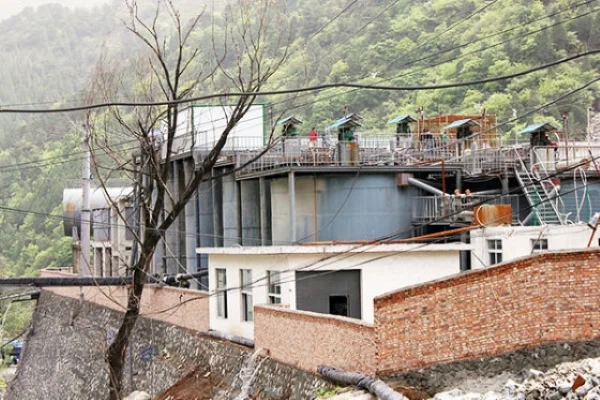
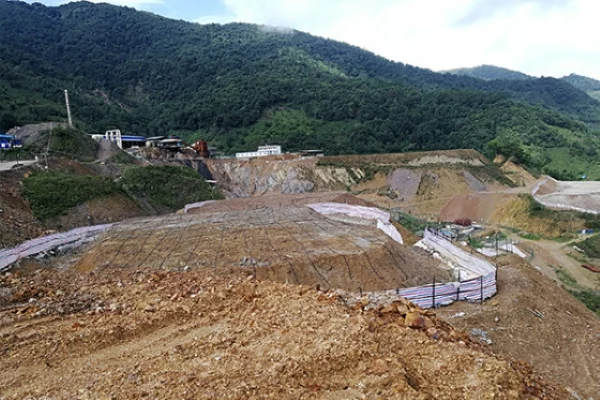
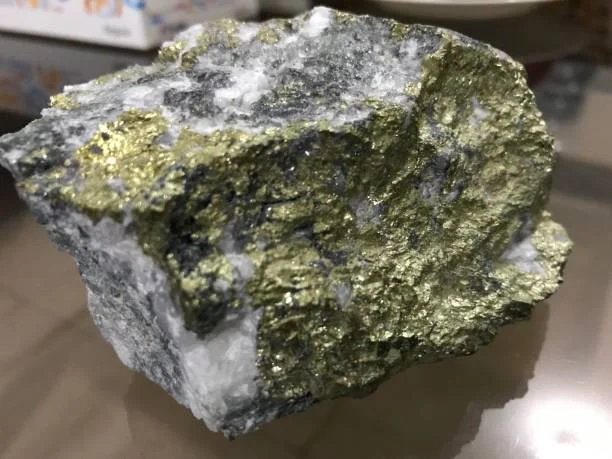
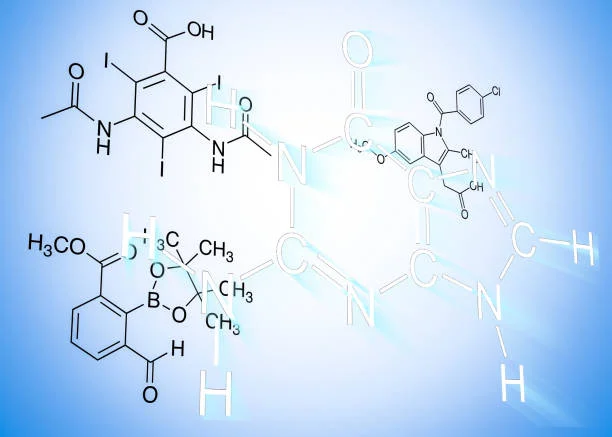
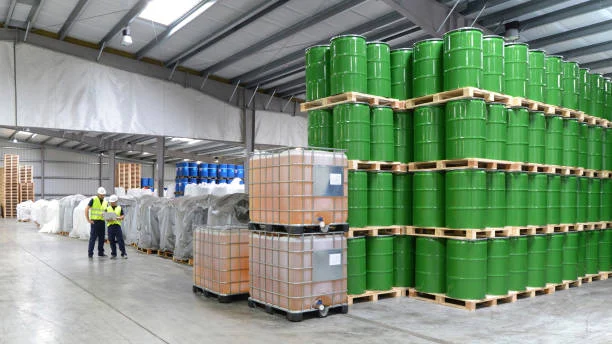

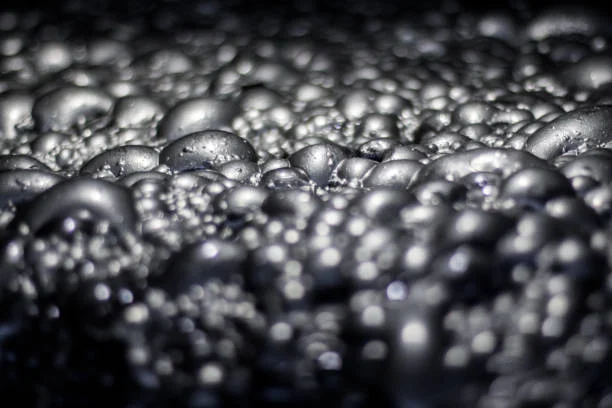



Online message consultation
Add comment: